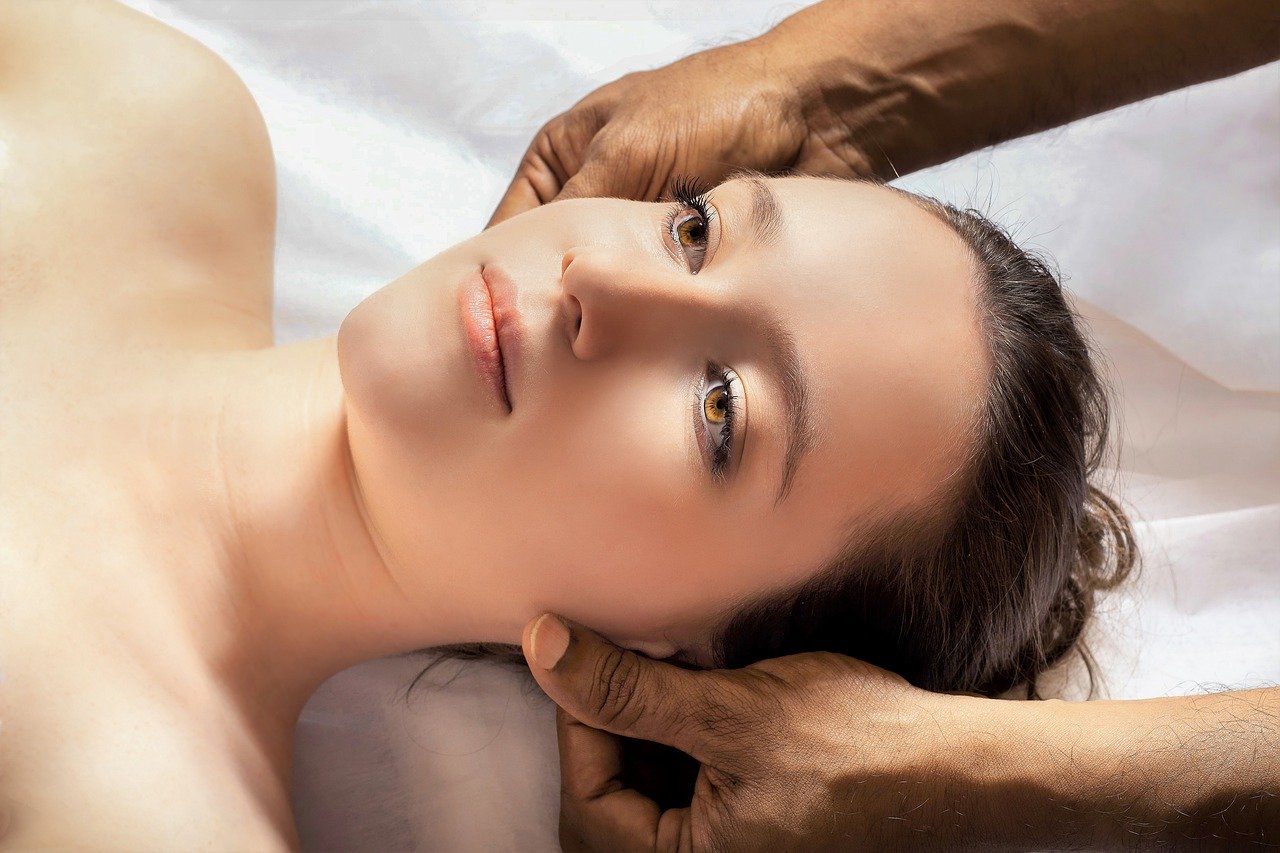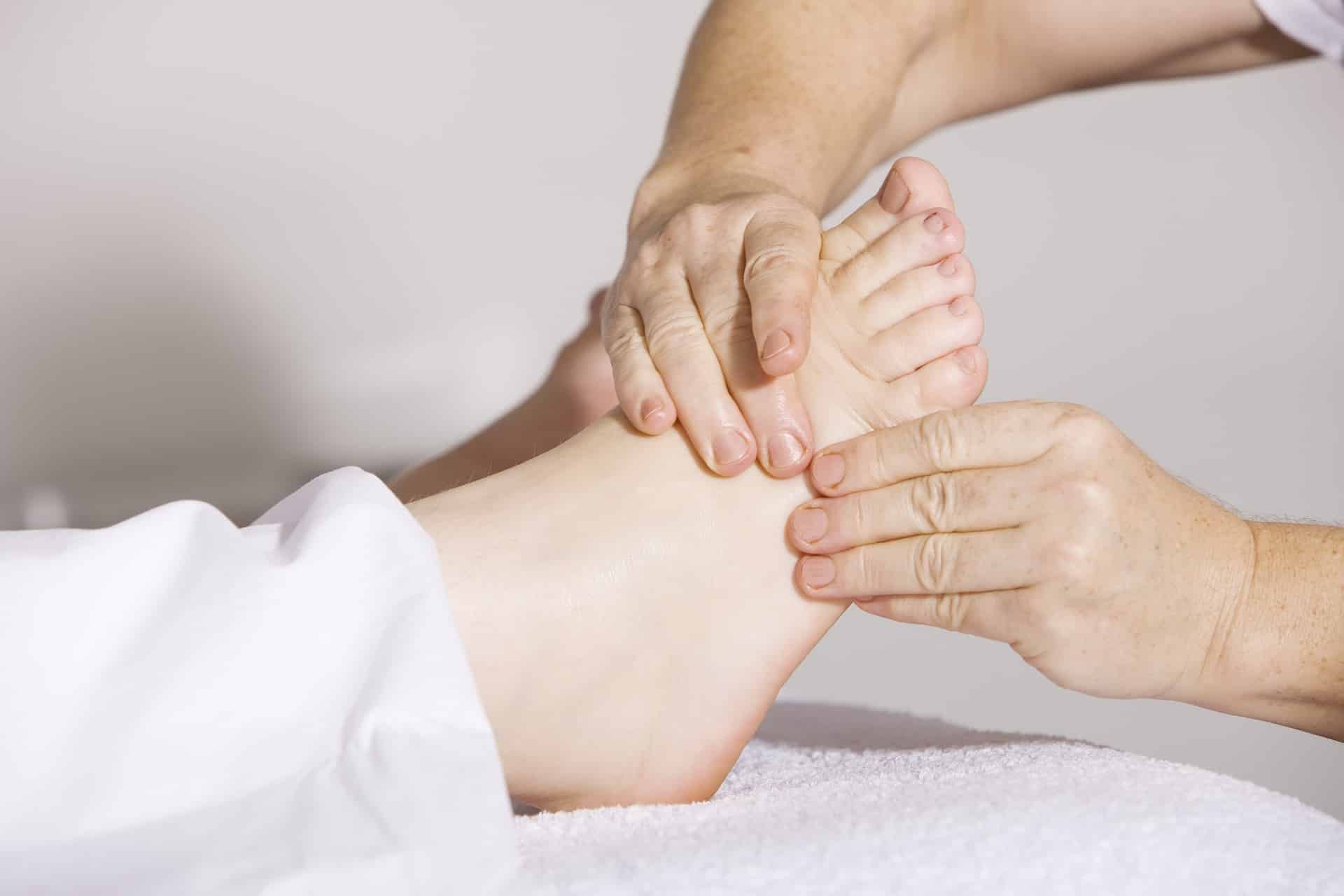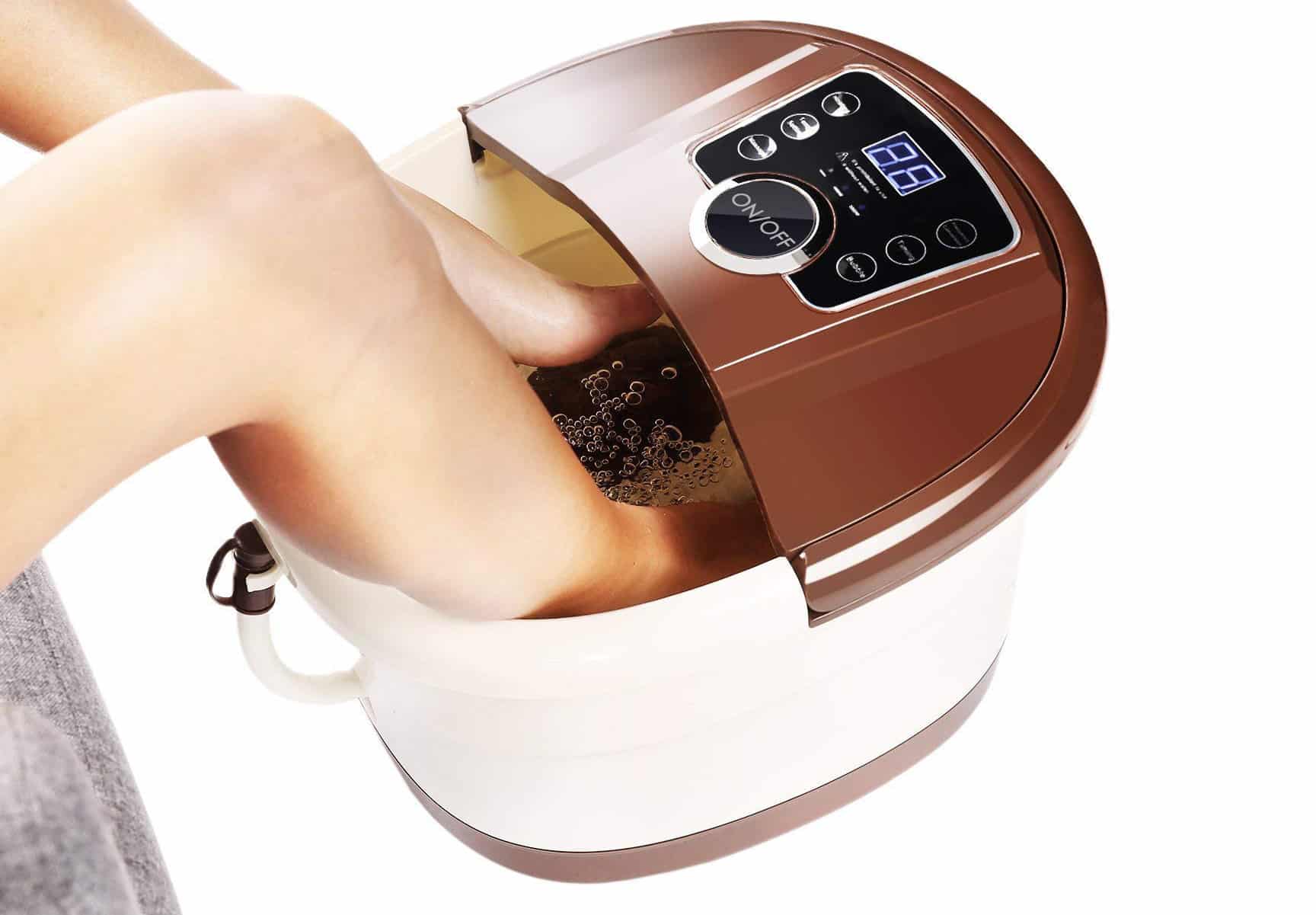A head massage feels glorious! After a long stressful day, there is nothing as relaxing as a head massage to soothe away the day’s tension.
Scalp massages were initially an accompaniment to scalp treatments that encouraged hair growth by stimulating the hair follicles.
Today, head massages are more about tension relief.
![]()
After a body wrap, your therapist may give you a 20-minute head massage while waiting for the moisturizing effects of the body wrap to work. Your spa therapist may give you a combo of a facial or reflexology treatment with a head massage.
Head Massage Basics
A head massage, also known as a scalp massage, relaxes your mind and encourages circulation. Tension is typically felt in the head and neck, so massaging the scalp is very useful as a stress reliever. When the head is massaged with warm oil, it works to relax the temple muscles in the neck and temple regions.
A head massage with effective techniques can turn a simple head rub into a highly beneficial session. A proper head massage should be done using the palms and fingertips. Using acupressure involves the application of finger pressure on specific pressure points on your head and can be done using a head massager.

Head Massage Techniques
There are several different but effective head massage techniques, such as:
Indian head massage
This head massage is an ancient therapy practiced in India for hundreds of years. The head massage is a part of the Ayurveda practice, which focuses on your head, neck, and shoulders.
It is a deep massage, involving a variety of techniques and pressure. It includes circular strokes on your scalp, deep tissue shoulder massage, and neck stretches. This massage centers on the three higher chakras of mind, body, and spirit.
Tibetan head massage
This type of massage is done while seated, lasts almost 30 minutes, and significantly helps to reduce stress. It soothes a tired and aching head and back and neck muscles.
The Tibetan head massage evolved from the ancient Indian head massage and works on areas such as the neck, arms, hands, scalp, shoulders, facial muscles, and upper back.
At the end of a session, the therapist may include some chakra or energy work. Oils are used when doing head massages, but you can have a dry treatment without oils.
Ayurveda
This massage style is derived from the ancient Ayurveda tradition that centers on the head, shoulders, and neck. The massage releases blocked negative energy that presents as injury or disease in one of the seven energy centers (Chakras) of the body, including a mini-Shirodhara or third eye treatment.
This treatment involves a gentle head massage and dripping a steady but slow stream of oil on the forehead or the Anja chakra or third eye. The process is gentle, slow, and the oil is applied carefully.
Head Massage Techniques
The head massage focuses on the upper body, including the upper back (spinal column), the neck, shoulders, face, and skull. Head massage techniques include:
Upper back-palm friction
On the upper back, draw circles with the heel of your palm. If you are using a portable massage chair, this move is easy. Using medium pressure, pull the circles on either side of the spine, without touching the spine but covering all muscles.
This palm friction enhances blood circulation and reduces muscle tension by breaking up the knots in the muscles.
Upper back – effleurage
With your palm and with fingers pointed up facing the neck, begin from the middle of the back and slide your palms upward. Once at the shoulders, continue towards the sides of the joints.
This technique relaxes the shoulder and back muscles. It would be best if you used this technique using a portable massage chair.
Circular thumb friction (upper back)
Using a thumb or your index plus your middle finger make small circular motions but without moving over the skin. Perform this procedure on trigger points and spine muscles, walking along the vertebral column. You can also use your knuckles to apply more force.
Fingertip compressions on spine muscles
Reinforce the index finger with the middle finger and place the fingers of both hands on either side of the spine without touching the spine.
Starting at the spinal cord base, make finger compressions of one to three seconds. Move up slowly a third of an inch until you reach the end of the spine.
Conclusion: A Word From the WellnessCouncil
Head massages based on ancient Indian, Tibetan, and Ayurveda techniques are very relaxing. They are available in most spas and are a relaxing technique that relieves neck and back pain.


